
Krzywaczka
Elaboration author
Emilia Karpacz
Monuments
Parishes
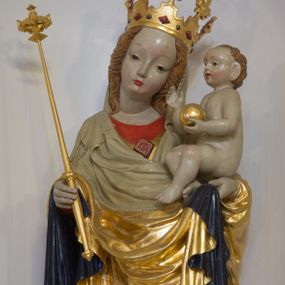
Madonna and the Child
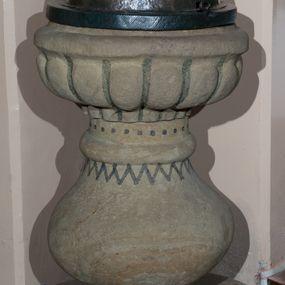
Baptismal font
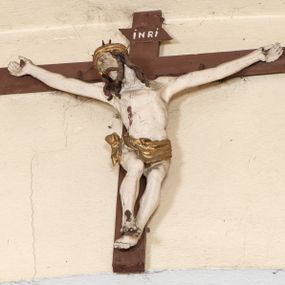
Crucifix
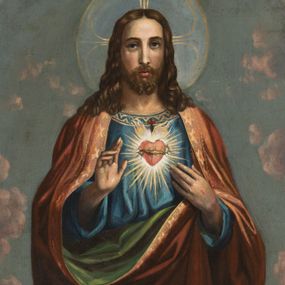
The Most Sacred Heart of Jesus
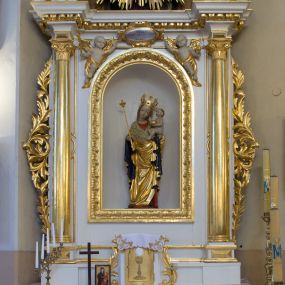
Side altar
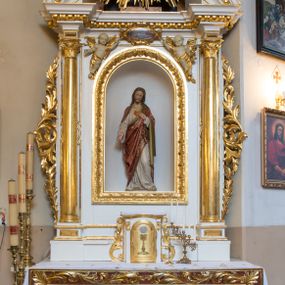
Side altar
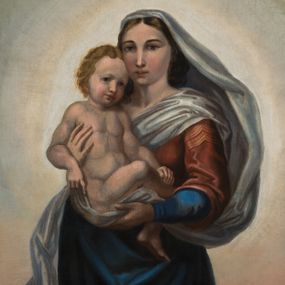
Madonna and the Child
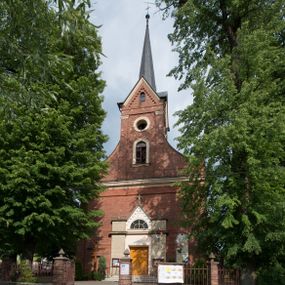
Holy Trinity Church in Krzywaczka
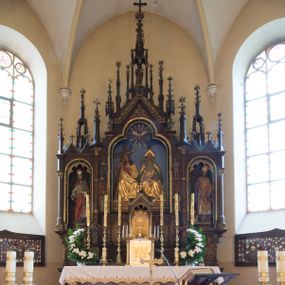
High altar
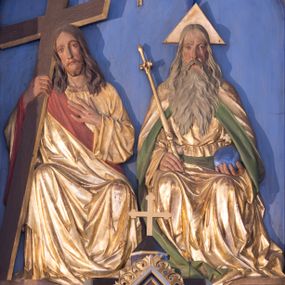
Relief of the Holy Trinity
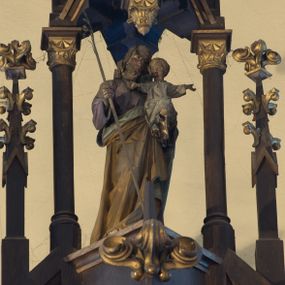
Sculpture of St. Joseph and the Child
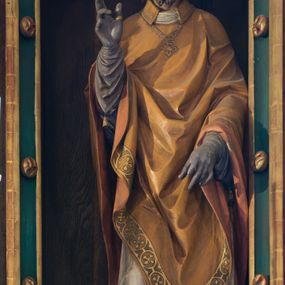
Sculpture of St. Stanislaus
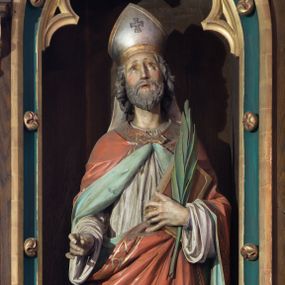
Sculpture of St. Adalbert
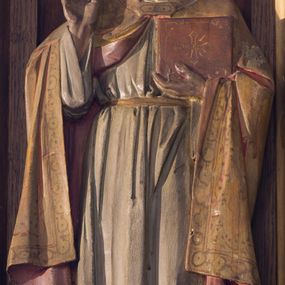
Sculpture of St. Gregory the Great
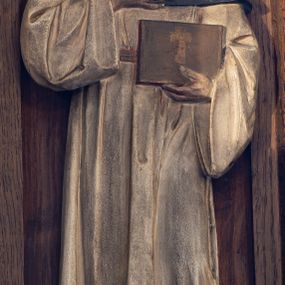
Sculpture of St. Hyacinth of Poland
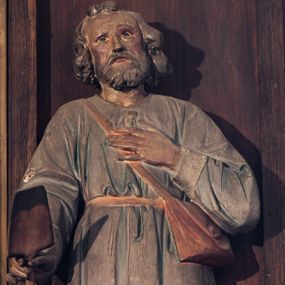
Sculpture of St. Isidore the Laborer
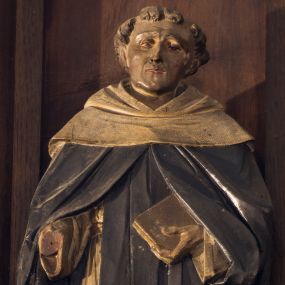
Sculpture of St. Dominic
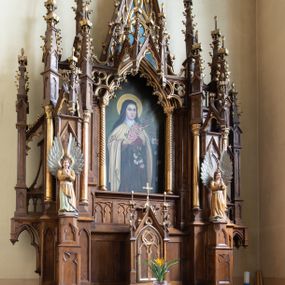
Side altar
History abstract
In 1229 Pope Gregory IX confirmed to the Benedictines of Tyniec the fact of owning numerous villages in Dambrowa, later called Kriva Dubrova or Krzwadambrova and since the middle of the 14th century, Crziwaczka. The original settlement was established under Polish law, but between the mid-13th century and 1311, when the owners of the village in Krzywaczka were mentioned, it had to be transferred to German law. The existence of a parish in the settlement was recorded for the first time in the Peter's pence lists from 1325-1327. In 1388, the village was in the hands of petty knighthood - the heir, Tomasz from Krzywaczka left his estate to Peter from Kocina. Throughout the 15th century, Krzywaczka and Bęczarka passed from hand to hand, sometimes being divided between several owners. In 1485 Baltazar Skarbek purchased part of Krzywaczka and Bęczarki demesne. In 1522 both villages were inherited from him by his sister Catherine, wife of Stanisław Zebrzydowski. The spouses transferred the ownership of Krzywaczka to Catherine's son from the first marriage, Adam Stadnicki, who then handed it over to Adam Niewiarowski. It remained in the hands of the Niewiarowski family until the 1580s. During the reign of Sigismund III Vasa, the estate belonged to Władysław and later to Paul Gajowski, from whom it was purchased by the Zebrzydowski family governing the neighbouring Lanckorona starosty. During the Swedish Deluge, the troops of General Douglas heading for Lanckorona marched through Krzywaczka. The extent of the damage caused by the Swedes in the village is unknown, but the area has been devastated. In 1671 Marianna Zebrzydowska bequeathed 50 thousand zlotys to the Bernardines of Calvary from Krzywaczka and Bęczarka. The Cracow cathedral chapter governed the property on behalf of the friars. After long trials between the canons and the heirs of the Zebrzydowski family, the estate was bought out by the custodian of the chapter, Sebastian Komecki, and then inherited by his brother Michał and his descendants. In 1772 the village became part of the Habsburg monarchy. In 1819 Krzywaczka was purchased from the Komecki family by the Żeleński family of the Ciołek coat of arms. Count Kryspin Żeleński built a new manor house. He also extended the infrastructure of the manor farm, including for instance the brewery building. In 1847 the village was affected by famine and an epidemic of infectious diseases, both of which caused the death of nearly 100 people. In 1859 Władysław Żeleński sold Krzywaczka to Henry Schmidt, a brewer from Cracow. The Schmidt family governed the estate and the manor farm efficiently until World War II. In the post-war period, the estate was nationalised, and the primary school was moved to the manor house. In 1991 the construction of a new school building was completed.
How to cite?
Emilia Karpacz, "Krzywaczka", [in:] "The Sacred Lesser Poland Heritage", 2026, source: https://sdm.upjp2.edu.pl/en/places/krzywaczka-1